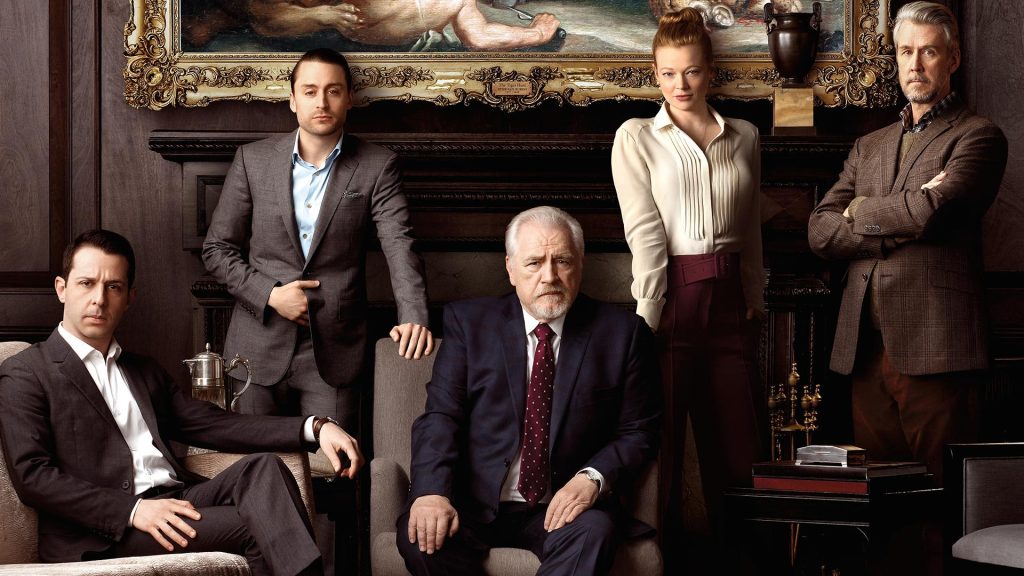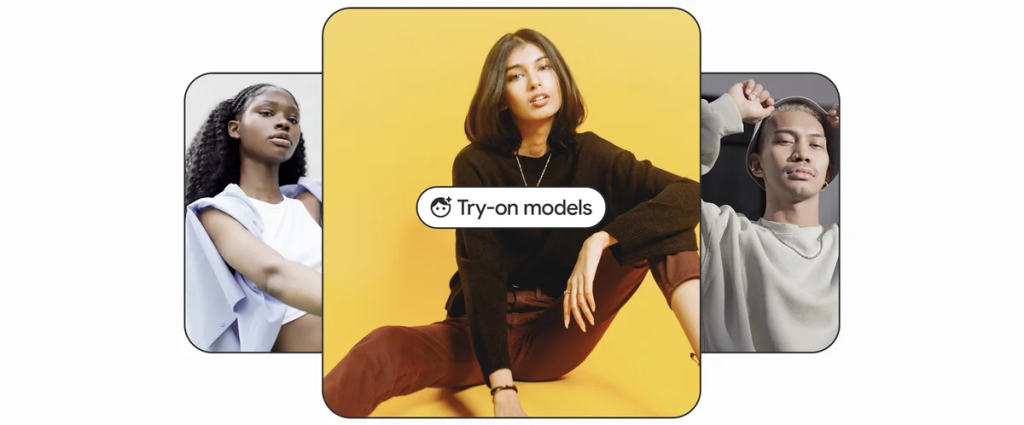Our websites use cookies. By continuing, we assume your permission to deploy cookies as detailed in our Privacy Policy.
The State of Fashion Industry 2023
As we reach the midway point of 2023, what’s better than now to explore the current state of the fashion industry, perpetually shaped by evolving trends, changing consumer behaviour, and technological progress?
This article delves into insightful publications from credible sources, exploring the intersection of fashion trends, music, social media, and technology, and examines their intricate relationships.
Key Takeaways
- The arena tour fashion is in; festival fashion is out! The concert fashion takes over the frenzy and excitement that once belonged to “festival fashion”.
- Gen Z’s new obsession “old money aesthetic” takes over social media and second-hand marketplaces.
- Personalised marketing solutions continue to become more crucial as consumers become pickier and competition fiercer than ever.
- A study by Mirakl, a French company that builds marketplaces, reveales that marketplaces grew by 38% in 2022, while brand websites grew by only 6%.
- Jewellery sales are declining globally; however, the market for men’s jewellery is thriving.
- New Google feature allows users to virtually try on clothes on models of different sizes, skin tones, body shapes, ethnicities, and hair types. (Available in the US)
Did the Arena Tour Kill the Festival Fashion?
Gone are the days of festival fashion, where attendees would don impractical outfits and costumes for the sake of self-expression and fashion for whole weekends, usually under terrible weather conditions.
The excitement surrounding concert fashion has reached new heights with viral social media moments, elevating individual artists’ global tours to the same level of attention that was once reserved for festival fashion, Vogue Business reports.
Music fans everywhere are now putting on their finest attire for the newest addition to a series of arena tours. Taylor Swift fans, or “Swifties”, are dressing up as their favourite eras for The Eras Tour, while Harry Styles fans are adorning themselves with boas and stylish Gucci-inspired glasses.
So what does this trend change mean for the future of the eCommerce fashion industry?
With the prolonged duration of arena tours, the fashion industry must adapt new brand strategies and maximise opportunities. Unlike festivals that have a limited timeframe, arena tours allow eCommerce fashion brands to adjust their strategies as they progress, avoiding the risk of misjudging demand.
Here are some key actions the eCommerce fashion industry can take to leverage the rising trend of arena tour fashion:
- Excess inventory can be managed by offering discounts or using local inventory ads to push out surplus stock.
- Optimising product titles with specific keywords, such as including the artist’s name, can greatly improve visibility and attract the right audience.
- By targeting ads to the appropriate demographics and locations, eCommerce fashion brands can expect a higher return on investment for their advertising efforts.
Old Money Goes Viral: TikTok’s Influence on the Fashion Industry
The lives of the ultra-rich have been the object of fascination for decades, serving as a backdrop for cinema, TV, and literature. Think of The Age of Innocence, Gossip Girl, and the latest edition to the list, Succession.
This lifestyle generally existed as a distant dream, suggesting that anyone could attain it if they worked hard enough. However, social media has now brought the ideal of old money into the view of younger generations.
Depop’s Brand and Category Manager Agustina Panzonie tells Harper’s Bazaar Australia, “The old money aesthetic has been revitalised into a 21st-century reboot, removing the presence of logos and the only for rich and famous stigma”
Although considered a micro-trend popularised by Gen Z on TikTok, the old money aesthetic focuses on timeless pieces that can withstand the test of time and last for decades.

The appeal of a timeless wardrobe lies in its enduring relevance, with pieces that defy passing trends and never go out of style. As for the trend’s target audience, buying from the luxury brands associated with this aesthetic is out of the question.
As a result, Gen Z is increasingly drawn to second-hand shopping as an alternative avenue to explore and express themselves with the old money aesthetic: Since the rise of #oldmoney on TikTok, Depop has seen a 70% increase in searches for ‘collared shirts’, and a 76% increase for ‘trench coats’.
The Continuous Rise of Fashion eCommerce Personalisation
The world of the eCommerce fashion industry is no easy feat. With the convenience of shopping from the comfort of our couches, customers have gotten pickier and more price-conscious than ever.
It’s a fierce battleground out there, with big names and small startups fighting tooth and nail for their place in the consumers’ minds. But let us tell you; there’s one trick you can adopt that can help you win over even the most evasive or most demanding customers: personalisation.
Personalisation has become the driving force behind capturing customer loyalty and boosting sales for the eCommerce fashion industry. The name of the game is tailoring the shopping experience to match each person’s unique preferences and needs.
If you want to make waves and keep those shoppers coming back for more, personalisation is where it’s at.
To gain a deeper understanding of personalisation in online fashion retail and unlock actionable insights, download Segmentify’s latest industry report: State of eCommerce Fashion Personalisation 2023
The Fashion Industry, the Marketplaces, and the Inflation
2022 witnessed a noteworthy difference in growth rates between brand websites and marketplaces, indicated by the Enterprise Marketplace Index developed by Mirakl, Fashion Network reports.
The study by Mirakl, a French company specialising in building marketplaces for brands and businesses, reveals that marketplaces experienced a growth rate of 38%. In contrast, brand websites only witnessed a modest 6% growth. And this gap is being further deepened by inflation since consumers are in a constant search for better deals.
According to Mirakl, 94% of global consumers anticipate using marketplaces to the same or greater extent in the future. Moreover, 62% of retailers and brands have plans to expand their presence by selling on more marketplaces within the next 12 months, suggesting that the marketplace ecosystem is growing and gaining momentum.
While the marketplaces are great for acquiring new customers and reaching wider audiences, they have one drawback the Fashion Network article falls short of mentioning: The customers are the marketplace’s, along with their behavioural data.
Zero-party and first-party data are more important and valuable than ever now that we’re living in a “cookieless world”. In other words, creating a loyal customer base is more important than ever as well, not to mention more challenging than it has ever been.
eCommerce fashion brands in question need to create loyal customers and increase customer lifetime value to ensure their existence. Hence, customers who purchase their products through marketplaces are not enough. These eCommerce fashion brands need the consumers to use their “first-party” site so that they can segment their customer base according to their behavioural data and implement the appropriate cross-channel retargeting strategies.
One of the most fun and engaging ways for eCommerce fashion brands to lure customers to their own websites is to implement gamified marketing strategies.
Gamification involves integrating gaming elements, like rewards, into non-game contexts, and it has gained popularity as a valuable marketing tool. By utilising rewards and achievements, gamification incentivises customers to take specific actions.
To get valuable insights into the benefits of gamification in customer segmentation and sales enhancement, as well as a comprehensive guide on implementing an effective gamification strategy, download Segmentify’s Gamification Playbook.
The Driving Force Behind the Men’s Jewellery Boom
There’s a new hot trend in town, and it’s called men’s jewellery —signet rings, beaded bracelets, silver chains, you name it!
The overall global jewellery market is on the decline. However, men’s jewellery is experiencing an accelerating growth, Business of Fashion reports. The driving force behind the men’s jewellery boom? It seems to be the changing gender norms and casualisation of fashion.
Olivier Reza, the second-generation head of the luxury jewellery house Reza, offers another explanation for the recent boom in men’s adornment. According to the French entrepreneur, this latest trend is a return to the natural order of things. Historically speaking, that is.
Before wardrobes took on a more staid and serious tone in the 20th century, men wore ornaments and made their surroundings beautiful and unique, whether it was their hair, clothing, horses, swords, or carriages, Reza further explains. And he sees “this more embellished way of living slowly returning.”
You can find countless online articles and videos teaching men and those identifying as men how to wear and style jewellery. Similarly, the eCommerce fashion brands we’ve been discussing so far can also use this strategy.
Here’re some things online jewellery retailers can do to use this recent boom in men’s jewellery to their advantage:
- Create styling guides for different styles and categories —gold, silver, gems, chains, rings, watches, etc.— and showcase them on your website.
- Don’t just create styling guides for a simple landing page; write articles or prepare video content to leverage SEO. Remember that this is a new trend, so curious minds are bound to google “how to style men’s jewellery”.
- Prepare bundle offers for layering options to help your customers who’re loving the layered chains but have no idea how to match the items themselves.
- Collaborate with influencers on TikTok or Youtube to build gift guides for men’s jewellery and use targeted ads to drive traffic to your website. This would especially be useful around Father’s Day, Valentine’s Day, Black Friday, and Christmas.
State of Fashion Technology: Google Introduces Virtual Try-On

The integration of technology into the fashion industry continues to change how consumers interact with brands: Google has introduced a new shopping feature in response to the increasing demand for hybrid online shopping experiences.
The virtual try-on feature offers US users a virtual fitting room where they can view clothing on models representing diverse sizes, skin tones, body shapes, ethnicities, and hair types.
Google’s AI model accurately simulates how the clothes would look on the body, considering factors like draping, folding, clinging, stretching, and forming wrinkles. The platform also includes guided refinements powered by machine learning and visual matching algorithms, allowing shoppers to fine-tune their preferences in terms of colour and style.
The feature also provides product listings from various online stores. Google aims to enhance the online shopping experience by leveraging advanced technologies such as AI to assist consumers better.





